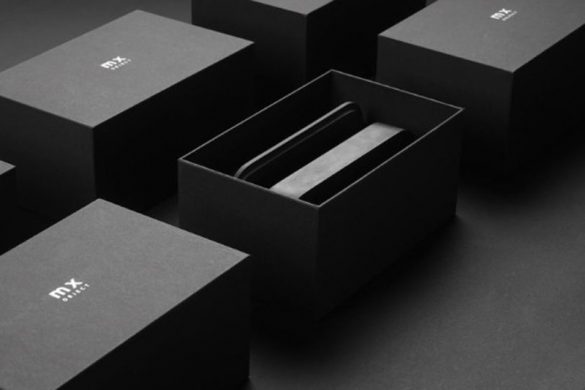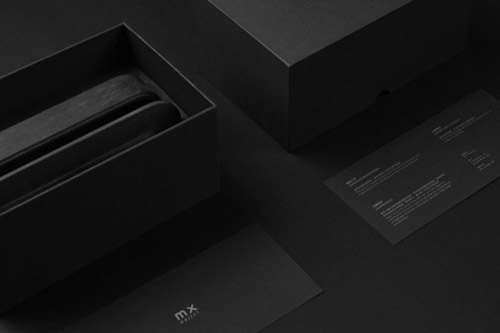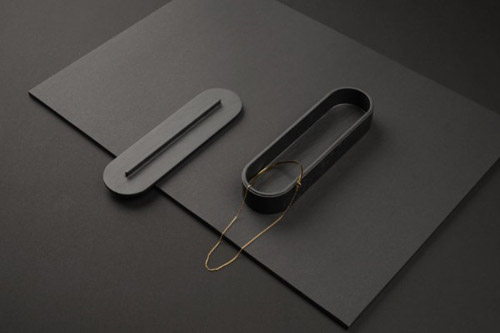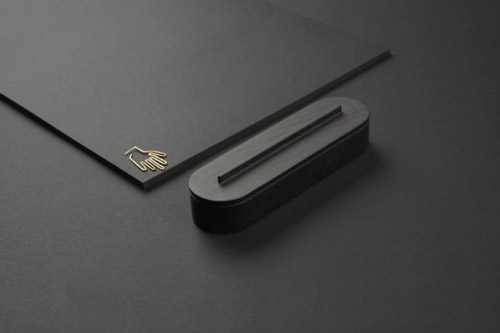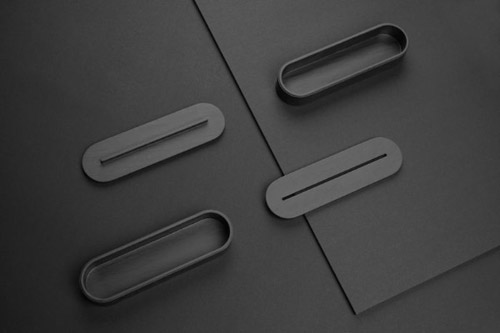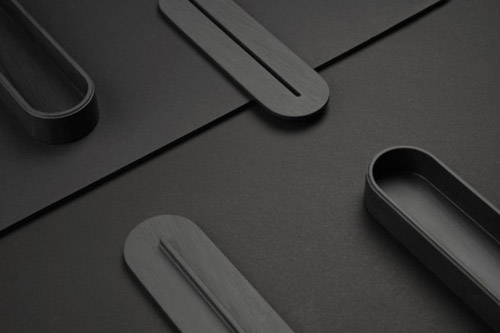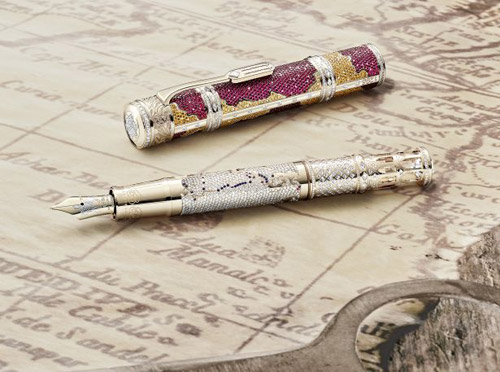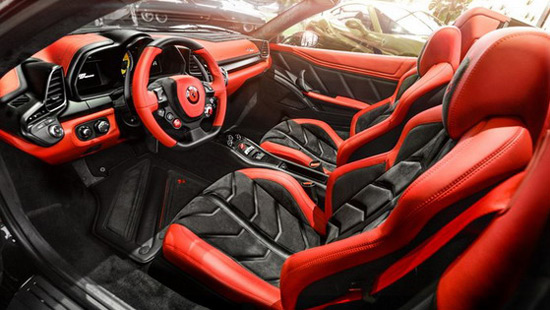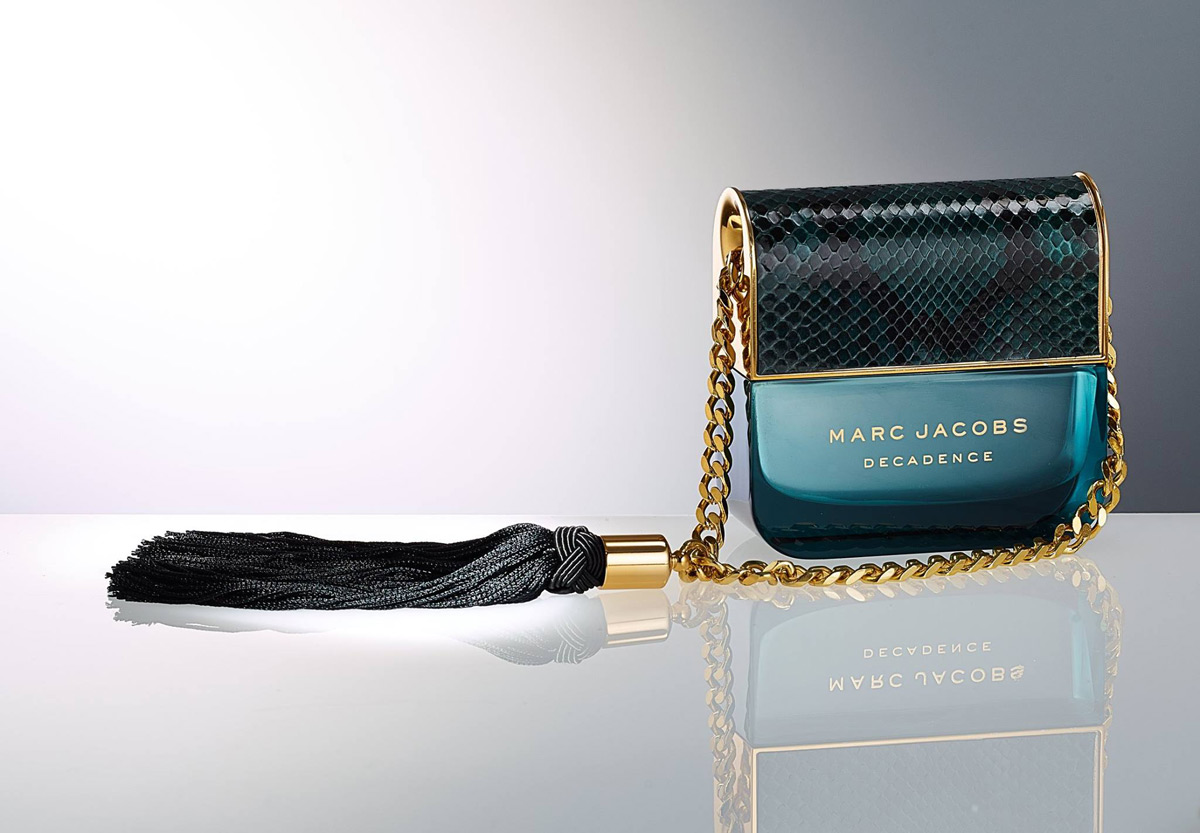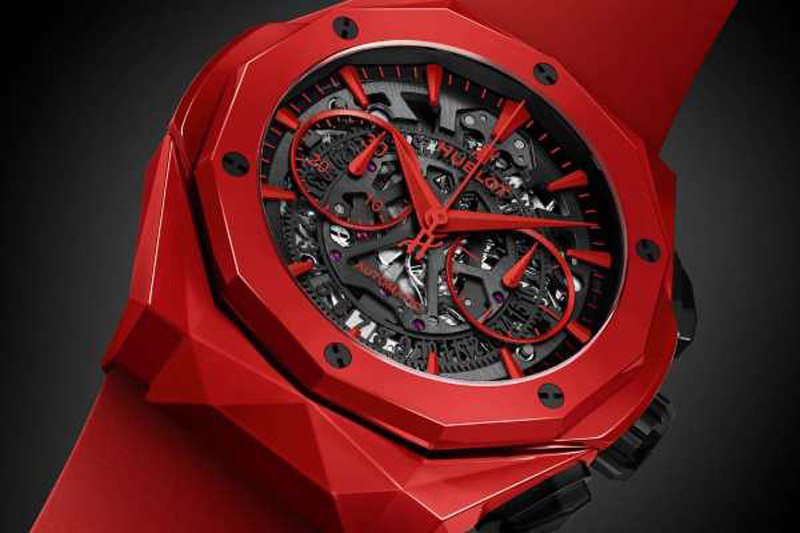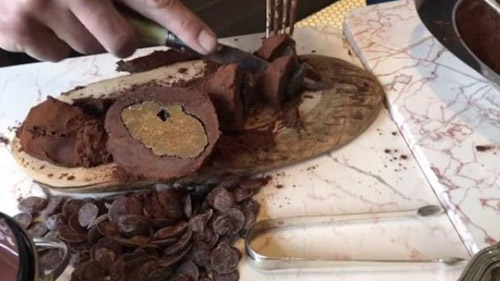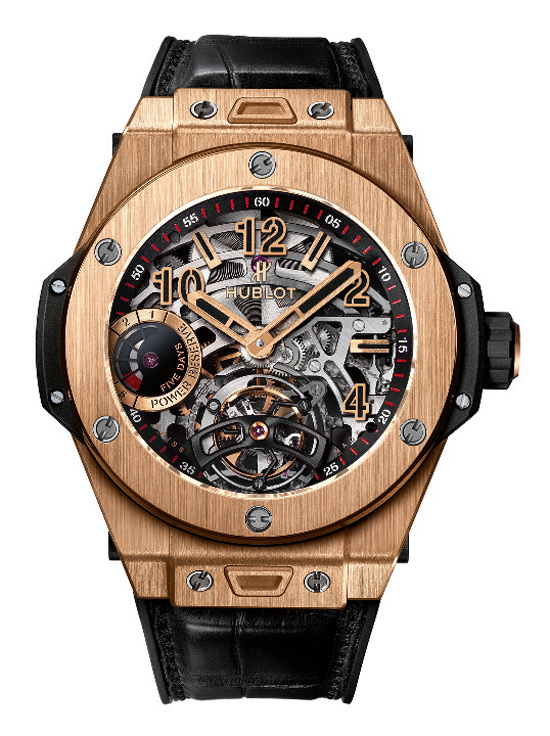The Chinese invented the ink stone, a forerunner of the holder of the ink, in order to possess the surface on which the ink and water will mix.
The ink is the most common association with Chinese calligraphy and painting that has existed for thousands of years.
The oldest ink stone was made of ceramic. By the 7th century, the Chinese managed to produce a ceramic stone of inks that can hardly be distinguished from natural stone. Impressive ink stone Chengni – it’s so strong that even a knife could not scratch its surface.

INK
Due to its natural smooth structure, designer Mario Tsai chose exactly this material to create a unique ink stone jewelry box series titled ‘Ink’ for Mx object.
The elongated boxes have two variants of the lid – one with a slim handle and one with a slot that give a visually dynamic element.
As the ink stone is quite delicate, each box is cut on a CNC machine, and then it is polished manually. Ink box with slot allows jewelry, rings and bracelets to “rest” freely when not worn.
The most important part of the ink stone is a flat surface where the ink is mixed with a little water. This surface must have the right hardness and texture. When touched, you should feel the polished surface and it should have satin glow.
That’s exactly what Mario Tsai had in mind, creating these delicate unique jewelry boxes.

